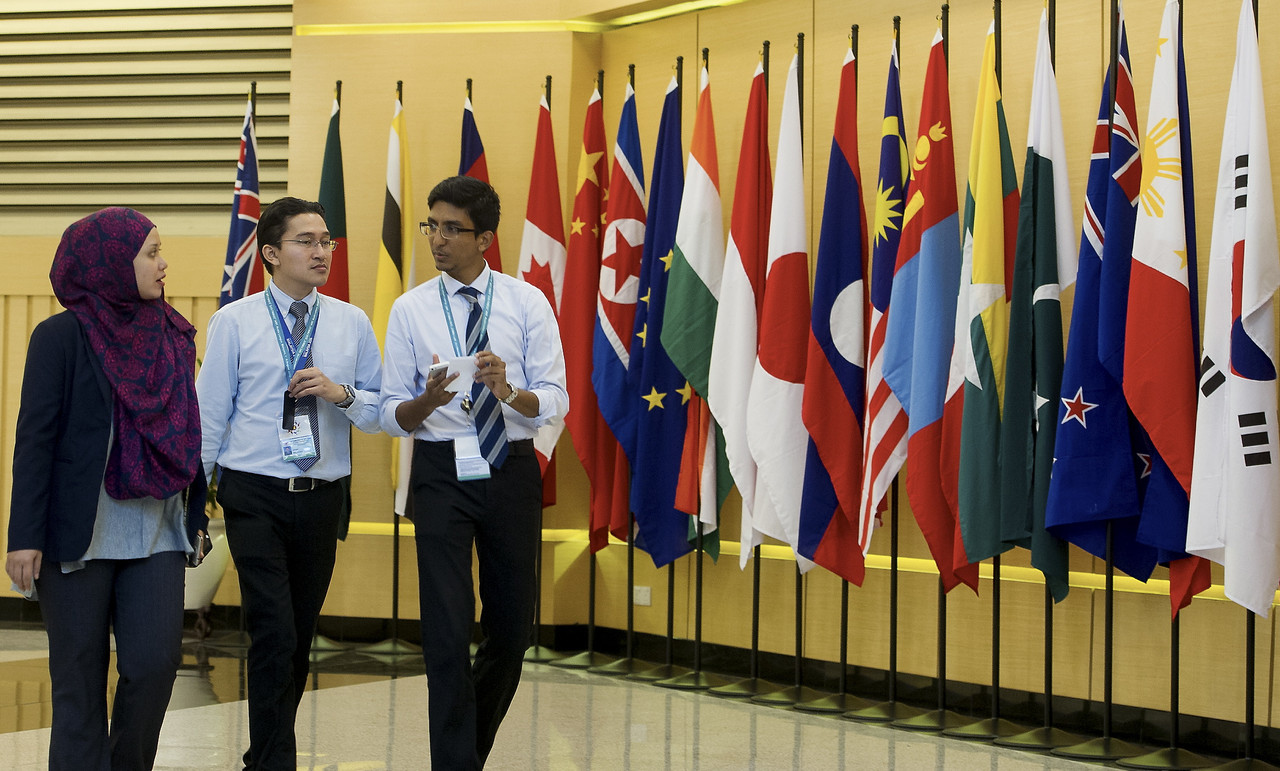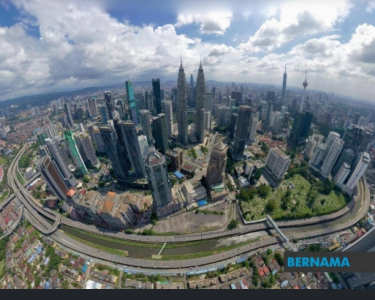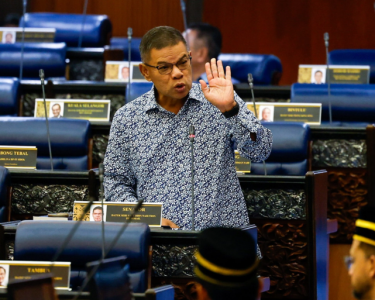BANGKOK, Sept 8 (NNN–BERNAMA) – ASEAN collectively recorded higher trade and foreign direct investments (FDIs) last year despite current global economic uncertainties and the ongoing trade war between China and the United States (US).
In a joint statement in conjunction with the 51st ASEAN Economic Ministers’ (AEM) Meeting, the ministers said based on preliminary data, trade in goods in the region increased by 8.7 per cent year-on-year (y-o-y) while trade in services expanded by 10.6 per cent y-o-y.
“Total FDI inflows to the region increase by 5.3 per cent y-o-y to US$154.7 billion, with the services sector having the largest share at 60.7 per cent,” it said.
The AEM meeting and other related meetings are being held from Sept 6-10 in Bangkok.
During the meetings, the ministers exchanged views on global and regional developments and reviewed the implementation of the ASEAN Economic Community (AEC) Blueprint 2025, including the progress on the 13 priority economic deliverables under Thailand’s chairmanship of ASEAN this year, as well as ASEAN’s external economic relations.
Malaysia was represented by the secretary-general of the Ministry of International Trade and Industry (MITI), Datuk Lokman Hakim Ali, who attended on behalf of MITI minister, Datuk Darell Leiking.
The five-day event also included the 33rd ASEAN Free Trade Area Council and the 22nd ASEAN Investment Area Council meetings.
Meanwhile, the ministers were pleased to note that growth remained broadly stable across ASEAN, and that aggregate growth was sustained at 5.2 per cent last year, the same as the preceding year.
“Growth is expected to moderate to 4.8 per cent this year and to 4.9 per cent in 2020,” it said.
Meanwhile, the joint statement said intra-ASEAN continued to have the highest share in trade (23 per cent) and in investments (15.9 per cent).
It said China, European Union (EU) and the US were the region’s top three external trading partners last year, and the EU, Japan and China were the top three external investment sources.
“Amidst uncertainties due to continuing trade tensions among major economic powers and potential spillovers, as well as concerns over debt sustainability, the ministers remain resolute in their commitment to the region’s economic integration agenda and in achieving the target of doubling intra-ASEAN trade by 2025.
“It will be supported by an open, inclusive and rule-based international trading system, improved economic resilience and better preparedness for the Fourth Industrial Revolution,” it said.
On trade facilitation, it said ASEAN was working towards reducing trade transaction costs by 10 percent next year.
“The ministers reiterated the importance of the ASEAN Seamless Trade Facilitation Indicators and its proxies to determine progress in the reduction of trade transaction costs and to monitor the implementation of the trade facilitation measures in the region,” it said.
During the AEM meeting, the ASEAN Digital Integration Framework Action Plan (DIFAP) 2019 –2025, a blueprint to further develop ASEAN’s digital economy, was adopted.
The plan would be submitted to the AEC Council in November for endorsement, and would be updated biannually.
Additionally, the ASEAN Trade in Services Agreement was also finalised and the member states are expected to sign the agreement by this year.
NNN–BERNAMA






